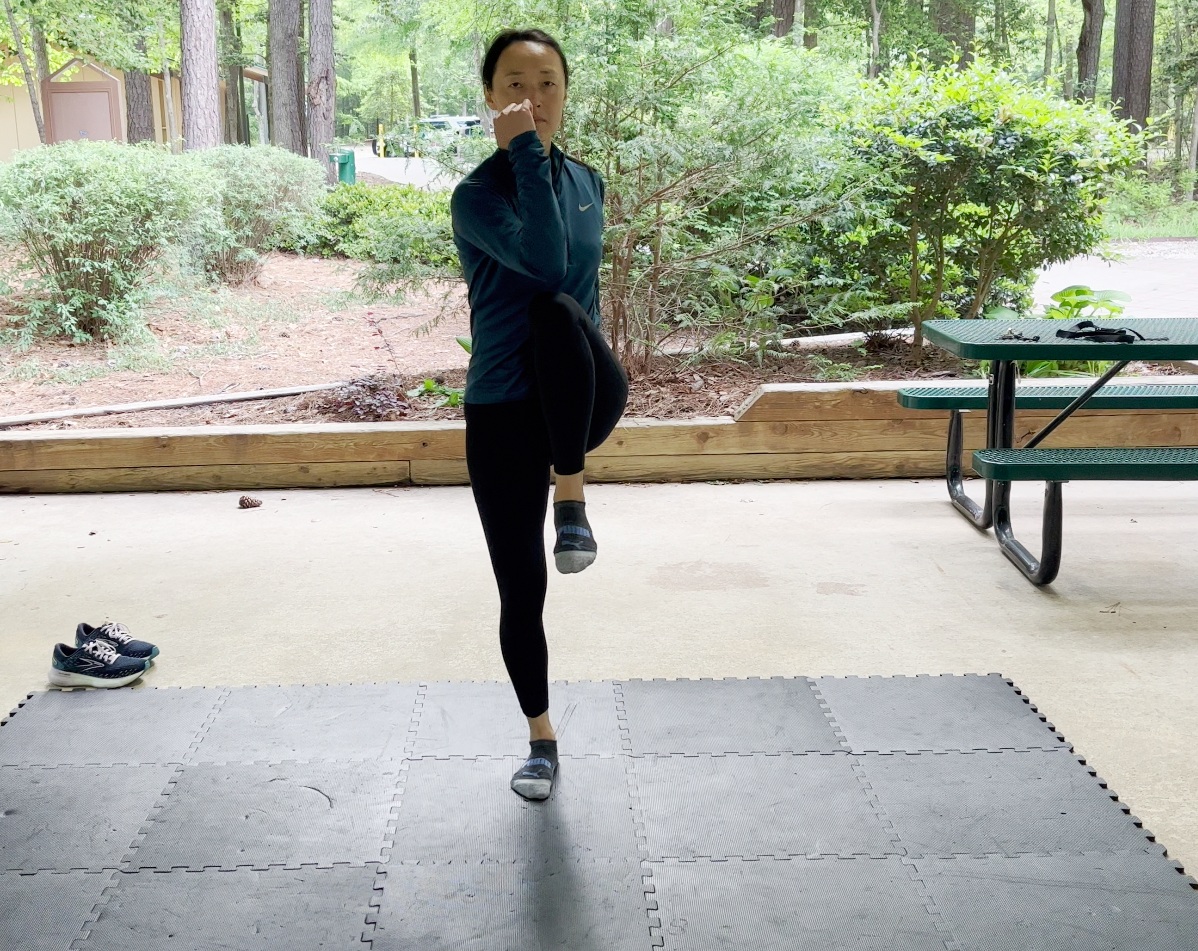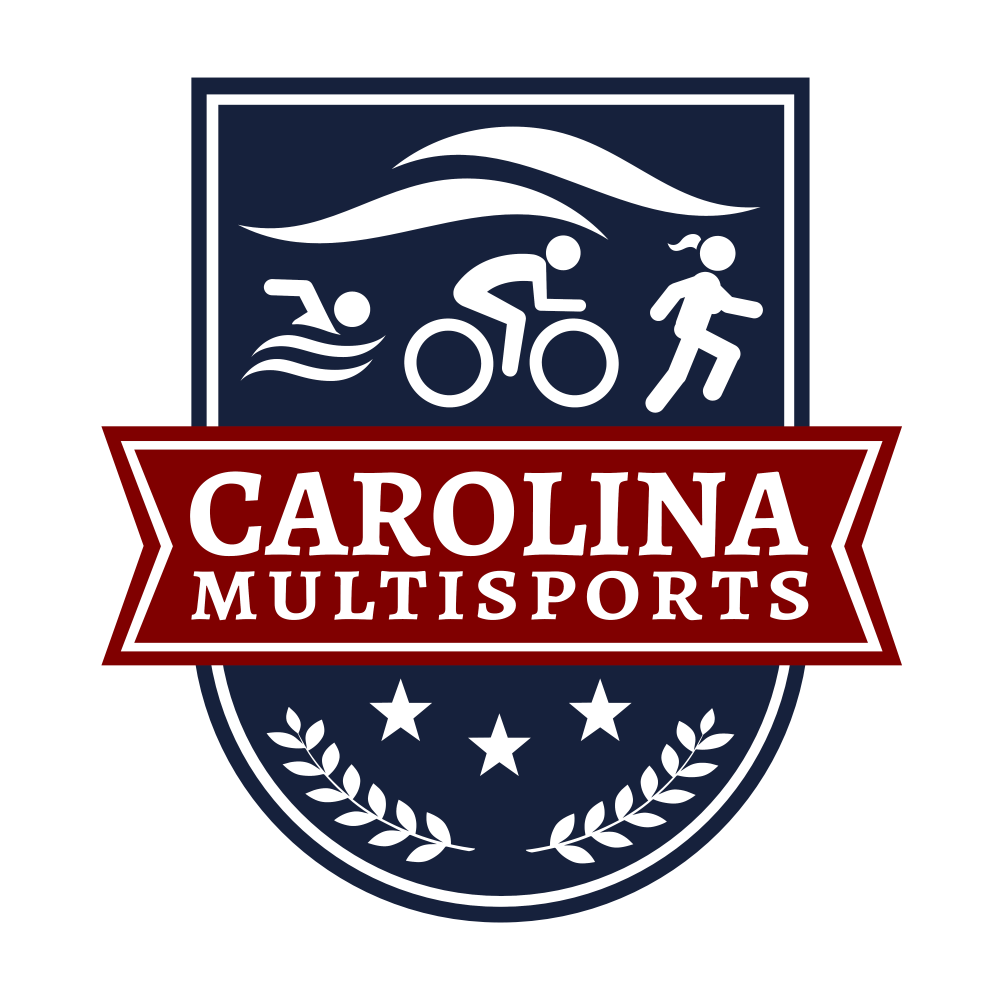Whether you’re warming up for a workout or you’re getting in the zone for a race, follow these five steps to wake up the brain and get your body ready.
It’s important to remember that we all have different body structures and different movements feel better or worse. Explore movements within each pattern to find the ones that work best for you.

1. Diaphragmatically Breathe – Your diaphragm is a spinal stabilizer. When your spine feels safe, it lets the rest of your body move well. Breathing also calms the nervous system.
Start by closing your lips and placing your tongue on the roof of your mouth so that you are nasal breathing. The tongue placement is very important. The roof of your mouth has neural receptors that toggle the autonomic nervous system. Belly breathe so you pull air into the bottom of your lungs with your diaphragm.
Continue to nasal breathe throughout your entire warm-up.
Breathing Progressions
2. Head Control – As the old adage goes, “Wherever the head goes. the body goes.” This is very true! Every muscle and reflex in the body is purposefully connected to the head, specifically the vestibular system. The VS is your balance and sensory information crossroads. The body is designed to protect the head and spine at all costs! So, if your head and neck don’t move well, the rest of your body won’t either.
Choose several head movements that will explore the full range of motion of the neck. Start by going up and down, and side to side. Lead with the eyes.
3. Rolling or Rotation – Rolling and/or rotating further activates the VS and strengthens it. As we move down your body through this process, we are now connecting and warming up the shoulders and hips. This also nourishes and lubricates the vertebrae in the spine allowing you to move fluidly.
Choose movements here that target the thoracic spine (middle part of your back).
4. Rocking – Rocking continues to nourish the VS and integrates all the joints in the body. It also calms the body and improves posture.
Explore different directional movements like, back and forth, in circles, with one leg out beside or behind you, etc.
5. Crawling or Gait Pattern – You guessed it, yes, crawling, walking, and marching continue to feed good information to the VS. It also connects the two halves of the brain to increase our coordination.
These movements may sound easy, but throw in different directions. Walk backward and sideways! Also, cross your midline with some marching cross crawls by touching your knee with your hand or elbow. If you’re preparing for a race, you may throw in a few sprints to top off your warm-up.
As you can tell, this process is intimately connected to the nervous system. As a word of caution, never move into pain. That’s bad information and the body will tighten up to protect itself. When your nervous system gets good information, you feel good. And when you feel good, you move well.
Good luck! 👊

